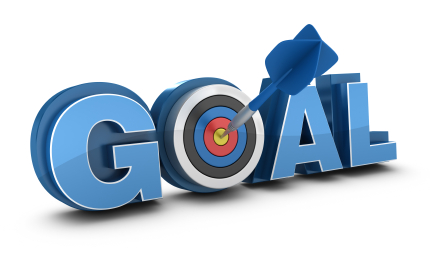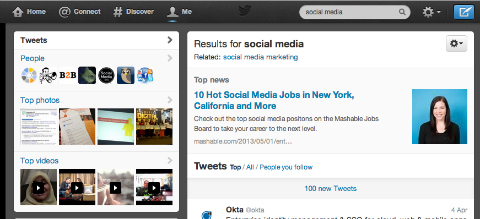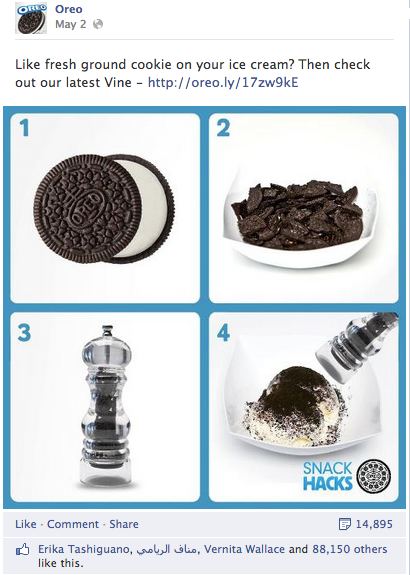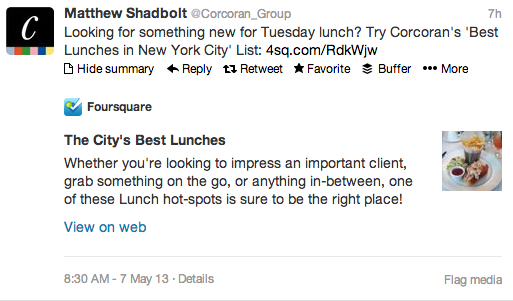 Are you looking for better ways to measure your social media activities?
Are you looking for better ways to measure your social media activities?
Do you know if your social media efforts are worthwhile?
Social media measurement is one of the most frustrating challenges business face.
In this article I'll show you three simple measurement strategies that can fit into one of your future campaigns.
Why Measure?
In order to measure the effectiveness of your social campaigns, it’s critical that you know your objective.
Ask yourself why you are considering including social media in your overall marketing campaign in the first place. How will your efforts impact your revenue and grow your business?
You’ll want to put a measurable outcome in place along with a timeframe in which to achieve the goal.

Now you can determine which social media platform aligns with your objectives.
For example, if you’re trying to reach a female audience and your business lends well to pictures and images, you might want to consider Pinterest.
If you’re a business-to-business brand marketing an upcoming conference, you’ll want to consider LinkedIn.
#1: Quantify Your Social Media Listening
“What you’re doing [on social media] needs to have impact. It needs to actually have revenue. And often times we try to make it fuzzy about that.” – Frank Eliason, Citi’s Director, Global Social Media (@FrankEliason)
Listening is one of the most often overlooked uses of social media, yet it’s probably the most important. If you’re not listening to your customers, you’re missing the point of social media.
But how do you measure listening and how does it impact your revenue?
In this example, we’re going to look at using Twitter to answer that question.
Get World-Class Marketing Training — All Year Long!
Are you facing doubt, uncertainty, or overwhelm? The Social Media Marketing Society can help.
Each month, you’ll receive training from trusted marketing experts, covering everything from AI to organic social marketing. When you join, you’ll also get immediate access to:
- A library of 100+ marketing trainings
- A community of like-minded marketers
- Monthly online community meetups
- Relevant news and trends updates
- In Twitter’s search field, enter your business name.

Twitter’s search field. - You can then select whether you want to view Twitter’s “top” tweets about your business, “all” tweets containing your business name or tweets that contain your business name from only those people you follow.

Twitter search. - As you filter the tweets, look through them and decide whom you’d like to follow. These are likely either potential customers or your current customers.
- Monitor their tweets on a daily basis. Engage with them, answering their questions, adding value and helping them whenever possible.
Twitter’s Advanced Search is powerful too, especially if you’re a local business. You can use it to search specific terms related to your business that people who are near your location are talking about.
Twitter is an amazing tool for providing real-time customer service. You can learn things like:
- Exactly how many people you’re helping
- If you’re growing that number of people
- The issues customers are experiencing with your business
- What’s broken in your business
At the end of the measurement period, prioritize the problems you identify and use that intelligence to implement fixes and improvements within your business. You can measure the direct impact on your business by looking at the additional revenue or cost savings that these new fixes give you.

Discover Proven Marketing Strategies and Tips
Want to go even deeper with your marketing? Check out the Social Media Marketing Podcast! Publishing weekly since 2012, the Social Media Marketing Podcast helps you navigate the constantly changing marketing jungle, with expert interviews from marketing pros.
But don’t let the name fool you. This show is about a lot more than just social media marketing. With over 600 episodes and millions of downloads each year, this show has been a trusted source for marketers for well over a decade.
#2: Create a Rating System for Your Social Engagement
“Put a [tiered point system] in place rather than looking at how many likes you have.” – Scott Monty, Ford’s global head of social media (@scottmonty)
This is a simple yet effective strategy to use when you’re trying to generate awareness and buzz. It’s a smart way to measure the response to your efforts on Facebook, Twitter or any other social channel you’re using.
Here’s how it works.
Say you’re launching a product or service and want to build buzz about it on Facebook. You post an update to your Page about your launch and you get a bunch of likes on it. The next day, you post a different type of update. You get some likes on it, but you also see that people are engaging more with the second update by sharing the post and commenting on it.
Likes show support and comments indicate a deeper interest but shares are most valuable because they move the update beyond your page.
At the beginning of the campaign, translate your objective to a numeric goal. Then, use a tiered point system to weight different types of engagement according to which is most valuable to you.
Here's an example of a tiered point system for Facebook:
- Likes: 1 point each
- Comments: 5 points each
- Shares: 10 points each
During the campaign, a quick sum of values will help you determine if your efforts on Facebook are moving you closer towards your goal or not.

You can create similar point systems on any of the social channels you use. For example, on Twitter, 5 points for a reply and 10 points for a retweet.
#3: Add Tons of Value, Then Sell and Measure
“Jab, jab, jab, right hook.” – Gary Vaynerchuk (@garyvee)
This strategy is the concept behind Gary V.’s upcoming book and it’s based on providing great content that adds tons of value for your customers before asking for the sale.

For example, say your restaurant is rolling out a new healthy menu. Your goal is to get 300 customers into your restaurant to try the new menu over an upcoming weekend.
Since your food is visually appealing, you develop a Facebook or Instagram strategy. You post pictures of your food, create content around the importance of healthy eating and curate information on your Facebook Page about farmers’ markets in your area.
Offer this valuable content to build trust with people.
Then offer a coupon for your restaurant on your Facebook Page. The number of people who claim and redeem your coupon is a result you can quantify.
Here’s how to measure your efforts when using this strategy:
- Use the tiered point system described in strategy #2 to determine if your content is moving you closer to your goal.
- Use coupons that are specific to your social media campaign, thus making the return on your investment easy to track and measure.
- Create unique landing pages for each of your campaigns where your customers can download or purchase what you are promoting. Since the landing page is used for one specific campaign, this will allow you to clearly see how successful your campaign is.
I hope this article gives you some ideas for how you can simply measure your social campaigns and shows you that you don’t need expensive measurement tools.
What do you think? Can you improve the effectiveness of your social media campaigns with some of the above strategies? What simple strategies are you using to measure your campaigns? Leave your questions and comments in the box below.
Images from iStockPhoto.
Attention Agency Owners, Brand Marketers, and Consultants

Introducing the Marketing Agency Show–our newest podcast designed to explore the struggles of agency marketers.
Join show host and agency owner, Brooke Sellas, as she interviews agency marketers and digs deep into their biggest challenges. Explore topics like navigating rough economic times, leveraging AI, service diversification, client acquisition, and much more.
Just pull up your favorite podcast app, search for Marketing Agency Show and start listening. Or click the button below for more information.

